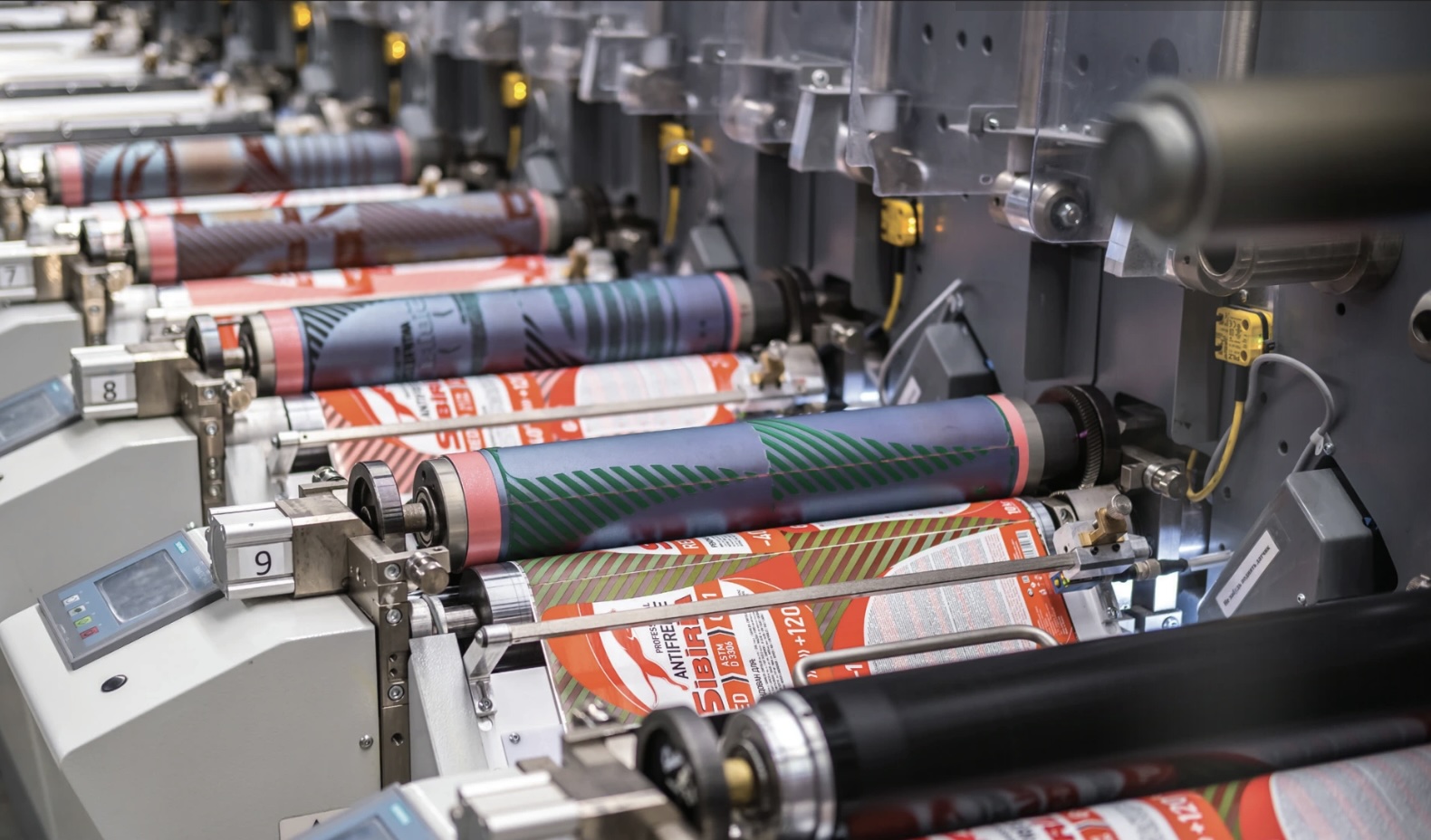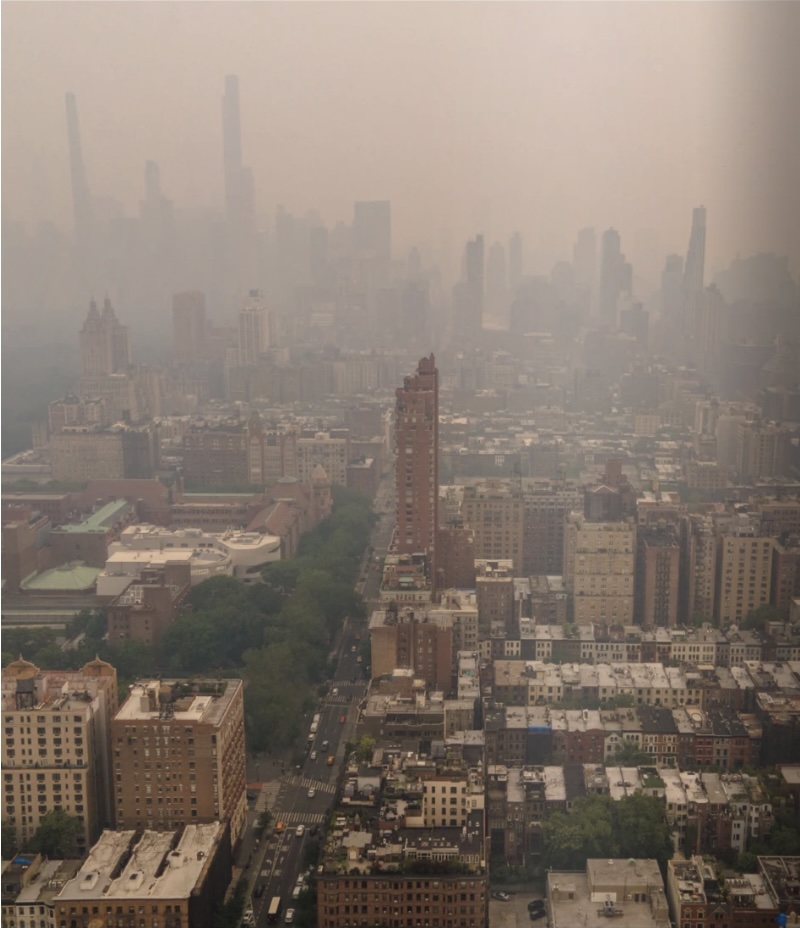Advancing Sustainability in Flexographic Printing Innovative Air Pollution Control Solutions
- Published: April 28, 2025

By Anoosheh Oskouian, CEO, Ship & Shore Environmental
The flexographic printing industry, essential for packaging and corrugated printing, faces notable environmental challenges due to emissions of volatile organic compounds (VOCs). Reducing these emissions is vital for environmental sustainability and regulatory compliance, making air pollution control a top priority for printing operations.
Flexographic printing is known for its versatility and efficiency in producing packaging materials, but the process emits VOCs that contribute to air pollution and pose health risks. Regulatory bodies are increasingly urging the industry to adopt cleaner technologies, encouraging printing companies to reduce their environmental impact through sustainable practices.
Regenerative Thermal Oxidizers (RTOs) and Air Quality Improvement
RTOs offer an effective solution for capturing and destroying VOC emissions before they enter the atmosphere. These systems use high-temperature oxidation to break down VOCs into carbon dioxide and water, significantly reducing harmful pollutants. Implementing RTOs helps printing facilities meet environmental regulations and contributes to improved air quality.

In addition to emissions control, RTOs provide substantial energy savings by utilizing advanced heat recovery systems. Thermal energy produced during the oxidation process can be recaptured and repurposed within the facility, reducing overall fuel consumption and lowering operational costs. This dual benefit-environmental compliance and energy efficiency — makes RTOs a strategic investment for printing companies.
Tailoring pollution control systems to fit the specific needs of each printing facility enhances operational efficiency. Customized RTO solutions allow seamless integration with existing equipment and processes, ensuring reliable performance. This collaborative approach aligns with recent industry trends where facilities work closely with solution providers to optimize operations.
The push for sustainability is reshaping the flexographic printing industry. Trends such as expressive typography and identity-driven branding present new challenges for materials and environmental responsibility. Adopting sustainable technologies, including RTOs, helps printing companies address these challenges while maintaining creative freedom and meeting evolving regulatory requirements.
Future Prospects for Sustainable Flexographic Printing
The path to sustainability in flexographic printing involves balancing environmental responsibility with operational efficiency. RTO technology represents a crucial step forward, enabling companies to reduce emissions and optimize energy use while maintaining reliable operations. As more businesses embrace energy-efficient solutions, incentive programs and rebates may further support the adoption of sustainable technologies.
The transition toward sustainable practices in flexographic printing is essential to meet environmental goals and comply with regulations. Advanced pollution control technologies, such as RTOs, are helping the industry achieve cleaner operations and greater energy efficiency. These efforts reflect a broader commitment to sustainability, supporting both environmental protection and operational performance in the printing industry.
About the Author
Anoosheh Oskouian is CEO of Ship & Shore Environmental, Inc. She spearheads innovative strategies to reduce industrial pollution and improve air quality globally. With a background in chemical engineering and a passion for sustainability, Anoosheh is dedicated to advancing green technologies and advocating for environmental stewardship. Learn more at: https://shipandshore.com/.



